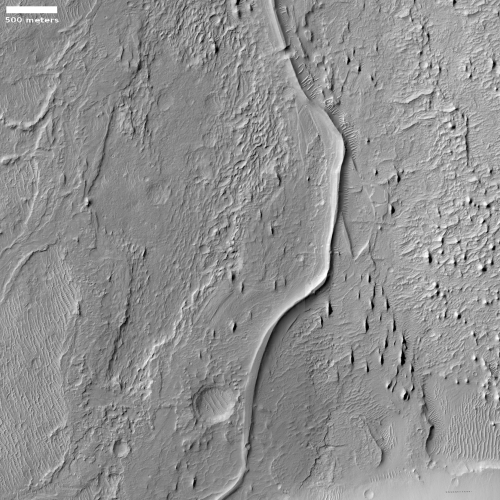Iran claims it has completed a second suborbital test of new rocket
According to Iran’s state-run press, it yesterday successfully completed the second suborbital test of its new Zuljanah rocket.
The announcement said nothing about where or when the launch took place. According to this Iranian report, the rocket “has two solid propulsion phases and a single liquid propulsion phase.”
The rocket had completed a suborbital test in January 2021. In March 2022 satellite imagery suggested a second test had exploded on the launchpad sometime in late February.
Since the video of the launch provides no specific information about where or when, it is quite possible it is simply footage from the January 2021 launch. It will require orbital imagery to confirm this claim.
According to Iran’s state-run press, it yesterday successfully completed the second suborbital test of its new Zuljanah rocket.
The announcement said nothing about where or when the launch took place. According to this Iranian report, the rocket “has two solid propulsion phases and a single liquid propulsion phase.”
The rocket had completed a suborbital test in January 2021. In March 2022 satellite imagery suggested a second test had exploded on the launchpad sometime in late February.
Since the video of the launch provides no specific information about where or when, it is quite possible it is simply footage from the January 2021 launch. It will require orbital imagery to confirm this claim.











